Introduction
Imagine stepping outside to a garden full of fresh herbs, ready to enhance your meals with vibrant flavor. Whether you're a culinary enthusiast or simply someone who loves the aroma of fresh herbs, starting a spring herb garden can transform your cooking experience. Fresh herbs not only elevate the taste of your dishes but also provide numerous health benefits. This guide will walk you through the process of planning, planting, and maintaining your spring herb garden so you can enjoy fresh flavors year-round.

In this comprehensive blog, we’ll equip you with practical guidance to kickstart your herb garden adventure. With Plantology, your trusted online source for high-quality plants, you’ll achieve a thriving herb paradise in your own backyard. Let’s dive in to discover the endless possibilities of fresh flavor and vibrant greenery.
Planning Your Spring Herb Garden
Choosing the Right Location
The foundation of a successful herb garden starts with selecting the perfect location. Most herbs thrive in environments with full sun exposure, needing about 6-8 hours of direct sunlight daily. When planning your garden, pay attention to how the sun moves across your yard throughout the day and identify the sunniest spots.
Consider Drainage
In addition to sunlight, ensure your chosen location has good drainage. Herbs don't like water-logged soil, which can lead to root rot. If you're working with less-than-ideal soil, consider using raised beds or pots to enhance drainage and control soil quality.
Accessibility Matters
Place your herb garden in a location that's easy to access from your kitchen. The closer your herbs are to where you cook, the more likely you will use them regularly. Consider incorporating your herb garden into your landscape or patio design to seamlessly blend function and aesthetics.
Selecting the Best Herbs for Spring Planting
Choosing the Right Herbs
When selecting herbs to plant in spring, consider those that thrive during the cooler to warmer transition period. Popular choices include basil, cilantro, parsley, thyme, chives, rosemary, and mint. Each herb offers unique flavors and uses, from enhancing salads and pasta to garnishing cocktails.

Annual vs. Perennial Herbs
Consider a mix of annual and perennial herbs in your garden. Annual herbs, like basil and cilantro, complete their life cycle in one year, whereas perennials, like rosemary and thyme, return year after year with proper care. To keep your garden lush and dynamic, plant a variety of both types.
Companion Planting
Companion planting involves growing herbs with plants that benefit each other. For instance, planting basil near tomatoes can improve tomato flavor and help repel pests. Choosing the right combinations can create a more resilient and productive garden.
Preparing Your Garden for Planting
Soil Preparation
Quality soil is crucial for herb growth. Before planting, test your soil's pH to ensure it falls around 6.0 to 7.5, which is ideal for most herbs. Amend clay or sandy soils by adding compost or well-rotted manure to improve soil structure and fertility.
Tools and Supplies
Preparing your garden requires a few essential tools such as a trowel, gardening gloves, a watering can, and pruners. Ensure you have pots or raised beds ready if needed. At Plantology, we offer a wide range of gardening tools and beautiful planters that complement any garden style. Discover our collection here.
Planting Your Spring Herbs
Starting from Seeds or Seedlings
Choosing whether to start from seeds or purchase seedlings depends on your preference and experience level. Starting from seeds can be cost-effective and rewarding, while seedlings offer a head start, which is ideal for beginners. Plantology provides an array of seed and seedling options suitable for any gardener.

Appropriate Spacing and Depth
Proper spacing is essential to ensure each herb receives adequate air circulation and light. Refer to the seed packet for specific spacing instructions. Plant seeds or seedlings at the depth recommended on the packet to allow adequate root development.
Watering Guidelines
Herbs require consistent watering, especially in their early growth stages. Keep the soil evenly moist but not waterlogged. Water in the mornings to minimize evaporation and allow herbs to dry before nightfall, which helps prevent diseases.
Maintaining Your Garden for Year-Round Harvest
Routine Care and Maintenance
Regular maintenance tasks such as weeding, pruning, and deadheading are crucial for a productive herb garden. Remove weeds promptly to prevent them from competing with your herbs for nutrients. Prune regularly to encourage bushier growth and prolong the life of plants.
Pest and Disease Control
Monitor your herbs for signs of pests and diseases. Natural predators, like ladybugs and birds, can help control pest populations. For additional control measures, consider organic solutions like neem oil or insecticidal soap.
Harvesting and Pruning Tips
Harvest herbs in the morning after the dew has evaporated but before the sun heightens its intensity. This timing helps preserve the essential oils in the foliage. Regularly prune herbs to encourage healthy growth and prevent them from going to seed too quickly.

Extending the Growing Season
Indoor Herb Gardens
To continue enjoying fresh herbs year-round, consider growing an indoor herb garden during the colder months. Choose herbs like basil, parsley, and chives that thrive indoors with sufficient light and warmth. Place them on a sunny windowsill or use grow lights for optimal results.
Cold Frames and Greenhouses
Cold frames or small unheated greenhouses can extend your growing season by protecting herbs from frost in early spring and late autumn. Use them to start seeds early and overwinter hardy herb varieties.
Preserving Your Harvest
If your garden is producing more than you can use fresh, consider preserving your harvest by drying or freezing herbs. Air-dry or use a dehydrator for drying processes, and freeze herbs in oil or water in ice cube trays for convenient use in future recipes.
Conclusion
Starting a spring herb garden opens a world of fresh flavors and health benefits that enhance your everyday meals. By following the guidelines in this comprehensive guide, you’ll create a thriving herb garden that provides year-round enjoyment. And with Plantology, you have access to the finest plants and gardening resources to support your journey every step of the way.
Explore our extensive collection of herbs and garden essentials at Plantology to elevate your gardening experience and ensure a flourishing herb garden. Visit us here to get started. For vibrant greenery that complements your herb garden, discover our stunning Agapanthus Lily of the Nile Blue collection.

Exploring the Culinary World with Fresh Herbs
Cooking with Fresh Herbs
Integrating fresh herbs into your cooking not only enhances the flavor but also brings a sense of freshness to your dishes. Herbs like basil and cilantro can transform a simple dish into a culinary masterpiece. Here's how you can incorporate fresh herbs into your daily cooking:
- Basil: Use fresh basil in pesto, salads, or as a topping on pizzas to add a sweet and peppery taste.
- Thyme: This herb works well in slow-cooked dishes such as stews and soups, imparting a subtle earthiness.
- Rosemary: Pair rosemary with roasted meats or potatoes for a fragrant and savory flavor.
- Cilantro: Essential in Mexican and Asian cuisines, cilantro adds a fresh and citrusy burst to salsas and curries.
Herbs as the Star Ingredient
In some recipes, herbs are not just an accent but the main ingredient. Consider these herb-centric dishes for your next culinary exploration:
- Pesto: A simple blend of basil, pine nuts, parmesan, garlic, and olive oil that serves as a versatile sauce for pasta, bread, and more.
- Herb-Crusted Fish: Coat your favorite fish fillets with a blend of fresh herbs and breadcrumbs for a delightful crust.
- Herbal Infused Oils and Vinegars: Create your own infused oils and vinegars to use in dressings or to drizzle over cooked dishes.
-
Herb Butter: Mix softened butter with finely chopped herbs like chives or parsley for a flavorful spread or cooking enhancement.

Herbal Remedies and Health Benefits
Health Benefits of Common Herbs
Not only do herbs add flavor to meals, but many also come with a host of health benefits. Here are some commonly grown herbs and their health-promoting properties:
- Mint: Known for its calming effect on the digestive system, mint can be used in teas to soothe stomach issues.
- Lemon Balm: Helps reduce stress and alleviate anxiety, often found in soothing teas and tinctures.
- Sage: Contains antioxidants and is traditionally used for its anti-inflammatory properties, especially in soothing sore throats.
- Oregano: Rich in antioxidants and known for its antibacterial properties, enhancing immune function.
Herbs in Everyday Wellness
Incorporate these herbs into your daily routine for overall wellness:
- A morning cup of hot water with lemon and mint can kickstart your digestion.
- Use fresh sage in your tea to soothe a sore throat.
- Infuse fresh lavender into a steaming bath to unwind at the day's end.
- Try a lemon balm-infused water bottle for a refreshing and calming drink throughout the day.
Expanding Your Herb Garden
Exploring Uncommon Herbs
Once you’ve mastered the basics, consider expanding your herb garden with some less common but equally rewarding herbs:
-
Tarragon: A staple in French cuisine, tarragon has a distinctive licorice-like flavor, perfect for sauces and poultry dishes.

- Sorrel: With its tangy and lemony leaves, sorrel can be a fantastic addition to salads and soups.
- Lovage: Offers a strong celery flavor, useful in stocks and stews.
- Lemon Verbena: Known for its intense lemon scent, this herb makes delightful teas and desserts.
The Art of Companion Planting
Expand your garden's productivity through advanced companion planting techniques. Some beneficial combinations to try include:
- Dill and Cabbage: Dill attracts beneficial insects that often prey on pests targeting cabbage.
- Chive and Carrot: Chives can help repel carrot flies, making it an ideal companion plant.
- Herbal Tea Garden: Group herbs like chamomile, mint, and lemon balm together for your own tea-infused garden bed.
By understanding the relationships between different plant types, you will foster a harmonious ecosystem in your garden, enhancing growth and reducing resource competition.
Conclusion and Further Learning
Building a spring herb garden is an enriching experience that not only beautifies your home but also enhances your culinary and health endeavors. This guide has walked you through every step, from planning and planting to maintenance and harvest. Whether you are an experienced gardener or a beginner, having a thriving herb garden will bring joy and satisfaction throughout the year.

At Plantology, we're committed to supporting your gardening journey with our premium products and dedicated guidance. For those ready to dive deeper, we offer workshops and tutorials on advanced gardening techniques to further your knowledge. Visit our workshops page for more information on our offerings.
The world of herbs is vast, and the possibilities are endless. Embrace this green haven, and let herbs bring color, flavor, and wellness into your life. For more gardening tips, recipes, and herb uses, keep in touch with our blog or connect with us on social media. Share your gardening achievements and tips with the #PlantologyHerbs hashtag to inspire others in our growing community.
Happy gardening, and here’s to many seasons of bountiful herb harvests!








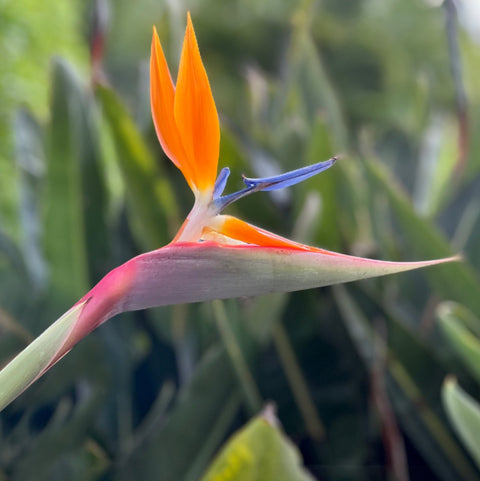
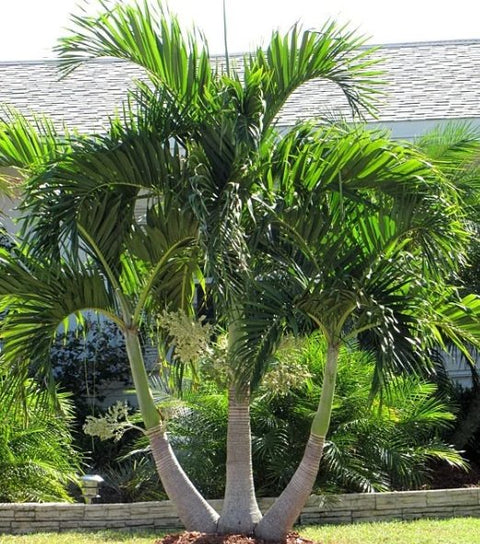
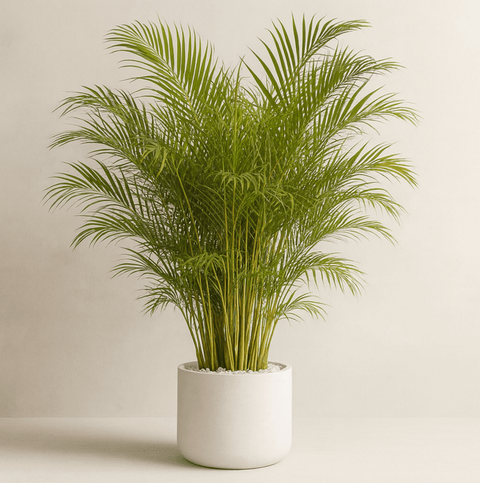






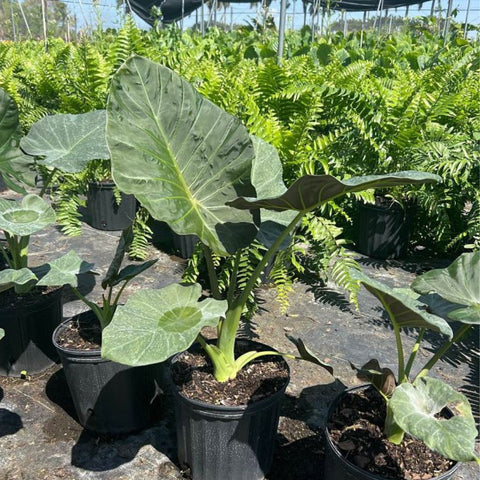
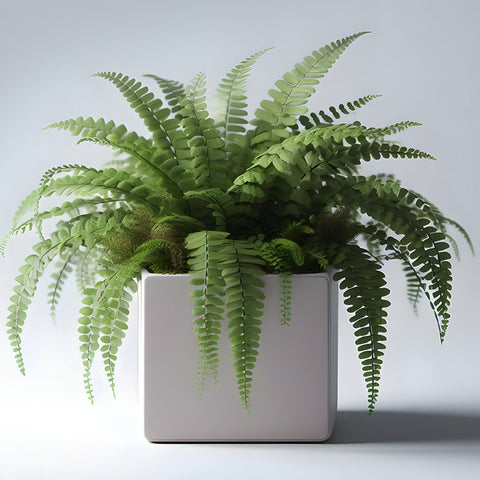




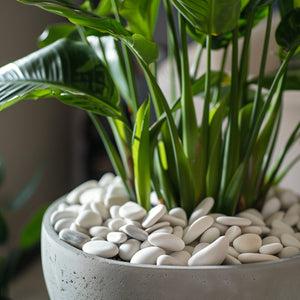

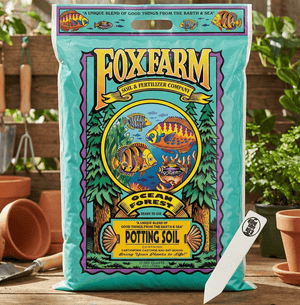




Comments (0)
There are no comments for this article. Be the first one to leave a message!